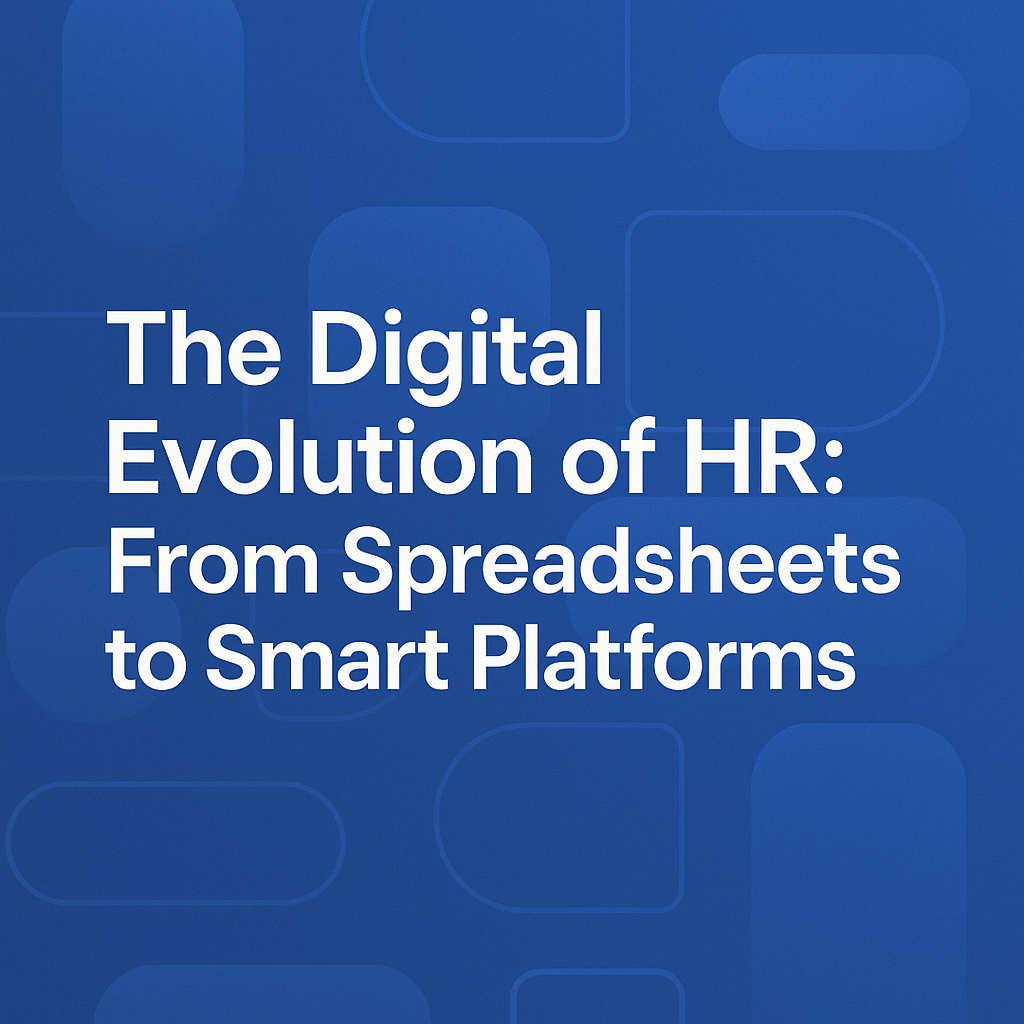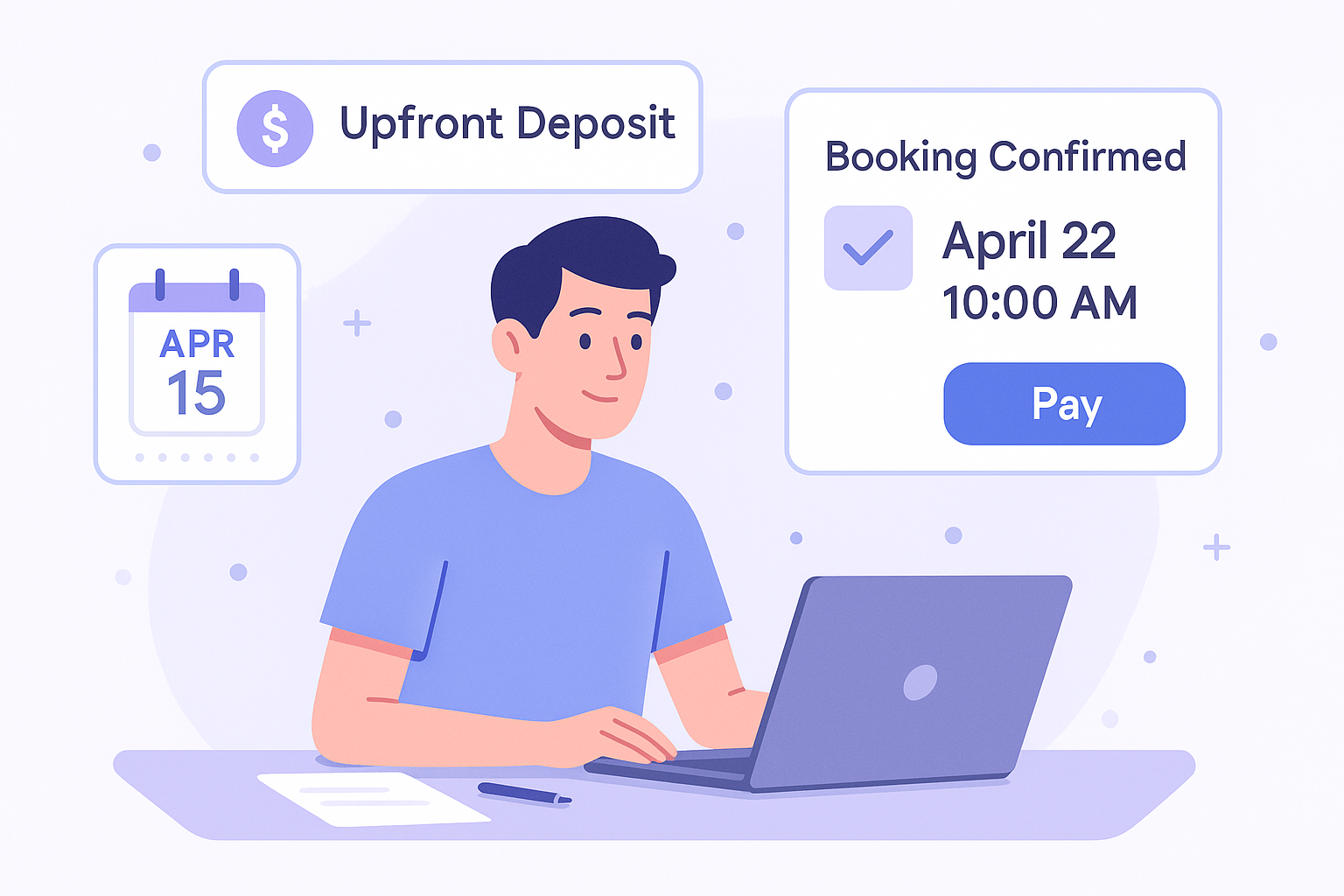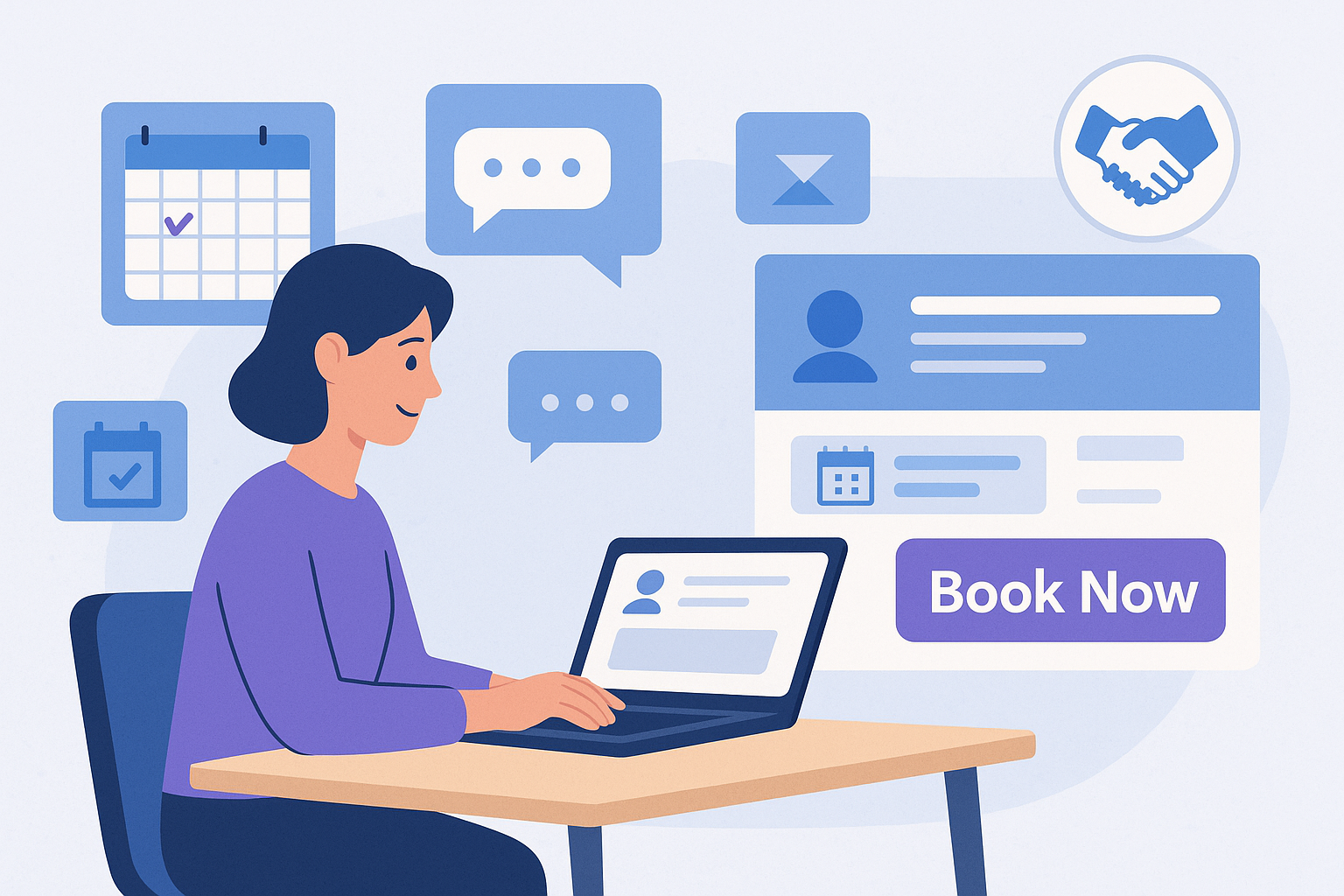The Digital Evolution of HR: From Spreadsheets to Smart Platforms
Discover how HR departments are transforming from manual spreadsheets to smart digital platforms that boost efficiency, compliance, and employ



Introduction: The Paper Past of Modern HR
If you’ve ever worked in HR during the pre-digital era, you probably remember the endless Excel sheets, color-coded tabs, and shared folders with cryptic names like “Final_LeaveReport_v6_UPDATED_REAL_FINAL.xlsx.” For years, spreadsheets were the silent heroes of HR — flexible, familiar, and available on every desktop.
But as companies grew, the cracks started to show. Different versions were saved in different places, formulas broke without warning, and critical employee data became scattered across departments. A single error in one cell could send payroll or compliance reports spiraling into chaos. HR professionals were spending more time fixing data than using it.
The arrival of smart HR platforms changed everything. What started as simple tools for attendance or leave tracking evolved into intelligent ecosystems that connect people, processes, and performance in real time.
This is the story of how HR moved from spreadsheets to smart platforms — and why that evolution matters now more than ever.
Why the Shift Became Inevitable
For a long time, “digitizing HR” meant scanning paper contracts and saving them as PDFs. But the pandemic, hybrid work, and rising employee expectations accelerated the need for something more: real-time visibility and intelligent automation.
HR isn’t just about recordkeeping anymore. It’s a strategic driver of business success — managing workforce planning, engagement, performance, and compliance simultaneously. The old spreadsheet approach simply can’t keep up with that complexity.
Three major forces pushed this change forward:
- Data explosion: HR teams now manage massive volumes of information — from job applications to performance data, training records, and wellness metrics. Manual handling is error-prone and inefficient.
- Distributed workforces: With remote and hybrid models, HR data needs to be accessible anywhere, securely.
- Employee experience expectations: Workers today expect seamless digital interactions — for scheduling, leave requests, or even accessing payslips. They want the same convenience at work that they get from consumer apps.
Smart platforms like Schemon were built to address these challenges — connecting HR operations, scheduling, and communication into one unified, digital experience.
From Records to Intelligence: The New Role of HR Platforms
The earliest HR software focused on digitizing paperwork. Today’s platforms go far beyond that — they centralize data and automate decision-making.
Modern HR systems don’t just store information; they interpret it. They identify patterns, predict risks, and provide insights that guide strategy. Instead of being a passive record-keeper, HR has become an active advisor.
Consider some of the ways digital platforms reshape everyday HR functions:
- Recruitment and onboarding: Candidate data automatically flows into employee records, reducing duplication and manual entry.
- Attendance and scheduling: Smart calendars track hours and shift patterns, helping prevent burnout and overtime fatigue.
- Compliance and documentation: Digital signatures, audit trails, and retention rules keep HR teams compliant without effort.
- Performance and engagement analytics: Dashboards reveal productivity trends and early signs of disengagement, empowering HR to intervene proactively.
When HR professionals spend less time wrestling with data, they spend more time shaping culture.
The Cost of Clinging to Spreadsheets
Some organizations still rely heavily on Excel or Google Sheets because “it works fine for now.” But hidden costs lurk behind that comfort zone.
Manual HR systems lead to:
- Data silos between departments, making collaboration harder.
- Error propagation, especially in payroll or performance calculations.
- Compliance risks from misplaced or outdated employee files.
- Lost time, as teams manually cross-check and reconcile data each month.
A Deloitte study found that companies using integrated HR platforms cut administrative workload by up to 40% — freeing HR teams to focus on strategy and employee well-being instead of spreadsheet maintenance.
As one HR manager put it in a recent Schemon case study: “Before we switched, I spent my mornings chasing data. Now the data comes to me.”
Making the Transition: What It Takes
Moving from spreadsheets to a digital HR platform can feel like a big leap, but it doesn’t have to be chaotic. The most successful transitions follow three principles:
- Start with the biggest pain points. Focus first on the processes causing the most manual work — usually scheduling, attendance, or leave management.
- Choose a scalable platform. Look for systems that can grow with your organization and integrate with payroll, communication, and project tools.
- Train and involve the team. The biggest challenge is often not the technology, but the people using it. Involve HR staff early, gather feedback, and make the transition collaborative.
Schemon, for instance, was designed around gradual adoption. HR teams can begin with scheduling automation and expand into communication or data management later. It’s digital transformation at a comfortable pace.
The Human Benefit of Smart HR Tools
Digital HR is not about replacing people — it’s about freeing them. When repetitive tasks are automated, HR professionals have the space to do what humans do best: build relationships, foster trust, and guide employee growth.
Smart platforms enable HR teams to:
- Provide faster responses to employee requests.
- Create transparent communication channels.
- Maintain consistency and fairness across all departments.
- Focus on engagement rather than administration.
As technology quietly handles the background noise, HR regains its voice as a people-first discipline.
Data-Driven Decision Making: The Real Game Changer
One of the most profound impacts of digital HR systems is data visibility. With everything connected — schedules, performance, feedback, and compliance — HR leaders can make informed decisions quickly.
You can spot burnout patterns in teams working excessive hours. You can measure engagement after policy changes. You can even forecast hiring needs based on project data.
Spreadsheets simply can’t do that at scale. Smart HR platforms give you insight, not just information.
How This Transformation Shapes the Future of HR
The evolution from spreadsheets to smart platforms isn’t just an upgrade — it’s a reinvention. The HR function is shifting from reactive to predictive, from administrative to strategic.
Future-ready HR teams will be:
- Data fluent, able to interpret workforce insights.
- Automation-savvy, using digital tools to manage complexity.
- Human-focused, dedicating more time to empathy, coaching, and culture.
And they’ll rely on digital ecosystems — not siloed documents — to make it all happen.
Final Thoughts: It’s Time to Modernize HR
The spreadsheet era gave HR structure. The smart platform era gives it power.
If your HR operations still depend on manual updates and scattered data, now is the moment to modernize. You don’t need a massive overhaul — just the right platform and a mindset for change.
Tools like Schemon bring scheduling, document management, and communication together in one secure environment — designed for the way HR actually works today.
They help teams move faster, reduce human error, and stay focused on what truly matters: people.
Schemon helps HR departments automate workflows, unify communication, and simplify employee management — all in one modern platform. Visit schemon.com to explore how your HR team can evolve from spreadsheets to smart, scalable systems.











